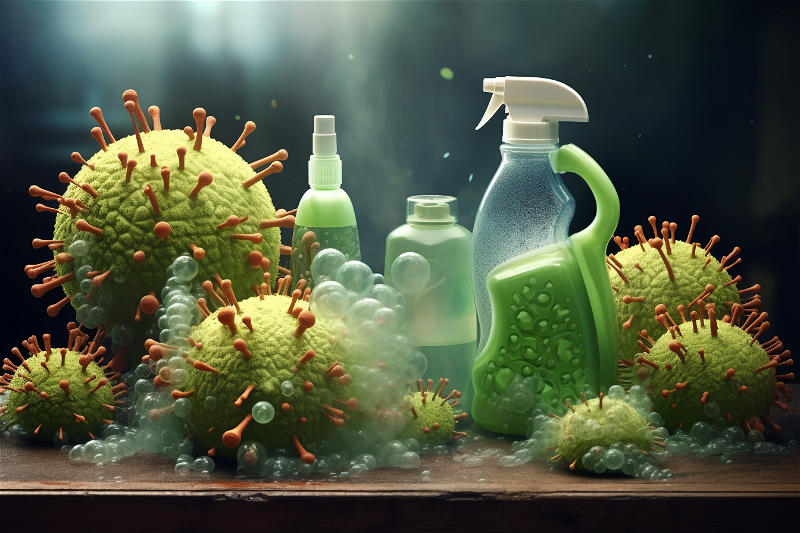As a busy mom, taking care of your family’s health and wellbeing is a top priority. One unexpected challenge that can arise is dealing with nettle stings, which can be uncomfortable and painful. In this article, we will explore the causes of nettle stings, as well as tips and tricks for dealing with them, so that you can be prepared for this common summertime issue.
What are Nettle Stings? Nettles are a type of plant that is commonly found in gardens and fields. They are easily recognizable by their small, jagged leaves and long, thin stems. Unfortunately, these plants are also known for causing painful stings when they come into contact with bare skin. The sting is caused by tiny, hair-like structures on the nettles that release a chemical called histamine, which triggers an immune response in the skin. This results in redness, itching, and burning, which can last for several hours or even days.

How to Prevent Nettle Stings The best way to prevent nettle stings is to avoid coming into contact with the plants in the first place. This can be done by wearing protective clothing, such as long sleeves and pants, when working in areas where nettles are commonly found. Additionally, it’s important to be aware of your surroundings when hiking or camping, and to steer clear of any plants that you don’t recognize.
If you have a nettle plant growing in your yard, consider removing it or creating a barrier around it to prevent contact. Additionally, be sure to educate your children about the dangers of nettles and how to avoid them.
How to Deal with Nettle Stings If you or a member of your family does get stung by a nettle, it’s important to take quick action to reduce the severity of the reaction. Here are some tips for dealing with nettle stings:
- Remove the stinger: If the sting is caused by a hair-like structure from the nettle, it’s important to remove it as quickly as possible. This can be done using tweezers or by gently scraping the skin with a fingernail.
- Rinse the affected area: Rinsing the affected area with cool water can help to reduce the burning and itching associated with nettle stings. Avoid using hot water, as this can exacerbate the pain.
- Apply a cold compress: Placing a cold compress, such as a bag of frozen peas, on the affected area can help to relieve pain and reduce swelling.
- Use an over-the-counter topical cream: Topical creams that contain an antihistamine, such as hydrocortisone, can help to relieve itching and reduce redness.
- Take an antihistamine: If the reaction is severe, taking an over-the-counter antihistamine can help to relieve itching and reduce swelling.
In severe cases, nettle stings can lead to a more serious reaction, such as anaphylaxis. If you experience symptoms such as difficulty breathing, swelling of the face or throat, or rapid heartbeat, seek medical attention immediately.
Conclusion Nettle stings can be a frustrating and painful experience, but with the right knowledge and preparation, you can minimize the impact of this common summertime issue. By being aware of your surroundings, taking precautions to avoid contact with nettles, and having a plan in place for dealing with stings, you can keep your family healthy and comfortable.






